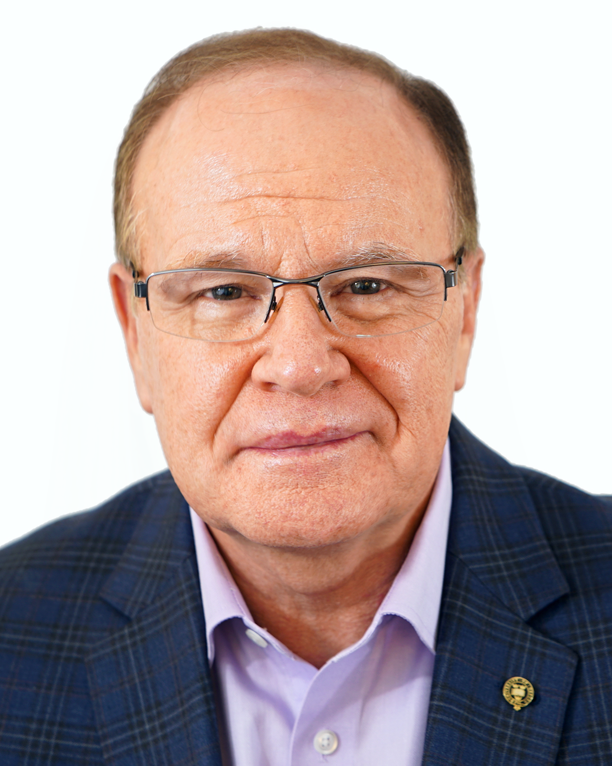
Tom Chittenden
Professor, Chief Scientific Officer, BullFrog AI, USA, USA
Presenter Local Time: 10:05 AM - 10:35 AM
Causal AI for Drug Development and Repositioning
Home/Programs

Tom Chittenden
Professor, Chief Scientific Officer, BullFrog AI, USA, USA
Presenter Local Time: 10:05 AM - 10:35 AM
Causal AI for Drug Development and Repositioning
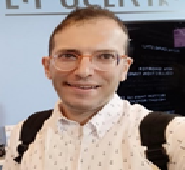
Dror Malka
Senior Lecturer, Holon Institute of Technology (HIT),, Israel
Presenter Local Time: 2:45 PM - 3:15 PM
AI-Enhanced Design of a Compact Four-Channel Silicon Nitride MMI WDM Multiplexer for Energy-Efficient O-Band Data Transmission

Rick Trebino
Professor,Georgia Institute of Technology,, USA
Presenter Local Time: 8:15AM -9:15AM
Overview of Pulse Measurement

Rick Trebino
Professor,Georgia Institute of Technology, , USA
Presenter Local Time: 9:15 AM-9:45 AM
Re-inventing the Lecture—Physics Education Innovation
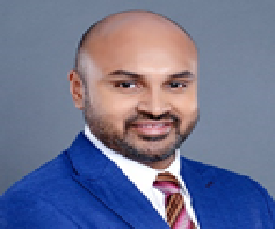
Nardev Ramanathan
Associate research director, Lux Research, Singapore
Presenter Local Time: 04:00 PM - 04:25 PM
Opportunities in digital biomarkers

Haroon Asghar
Assistant Professor, National Centre for Physics, Pakistan
Presenter Local Time: 01:25 PM - 01:50 PM
Recent advances in optimum stable pulsed fiber lasers
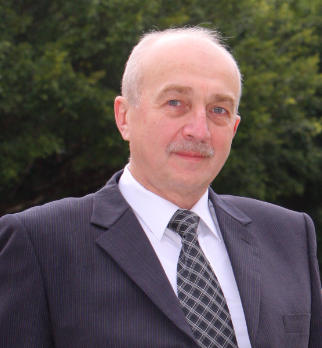
Vladimir G. Chigrinov
Emeritus Professor, Hong Kong University of Science and Technology, , Hong Kong
Presenter Local Time: 4:50 PM - 5:15 PM
Azodye photoaligned nanolayers: new liquid crystal technology
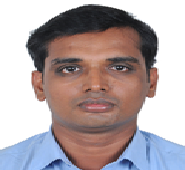
Thiyagarajan Raman
Professor, Department of Physics, Indian Institute of Technology Madras,, India
Presenter Local Time: 3:05 PM - 3:30 PM
Properties of Manganites Under Extreme Conditions of High Pressure, Low Temperature and High Magnetic Field
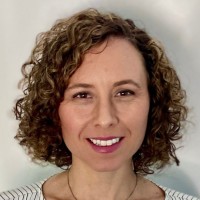
Carla Leibowitz
Chief Business Development Officer, Paige.ai,, USA
Presenter Local Time: 10:35 AM-11:00 AM
AI: from slow start to everywhere in healthcare
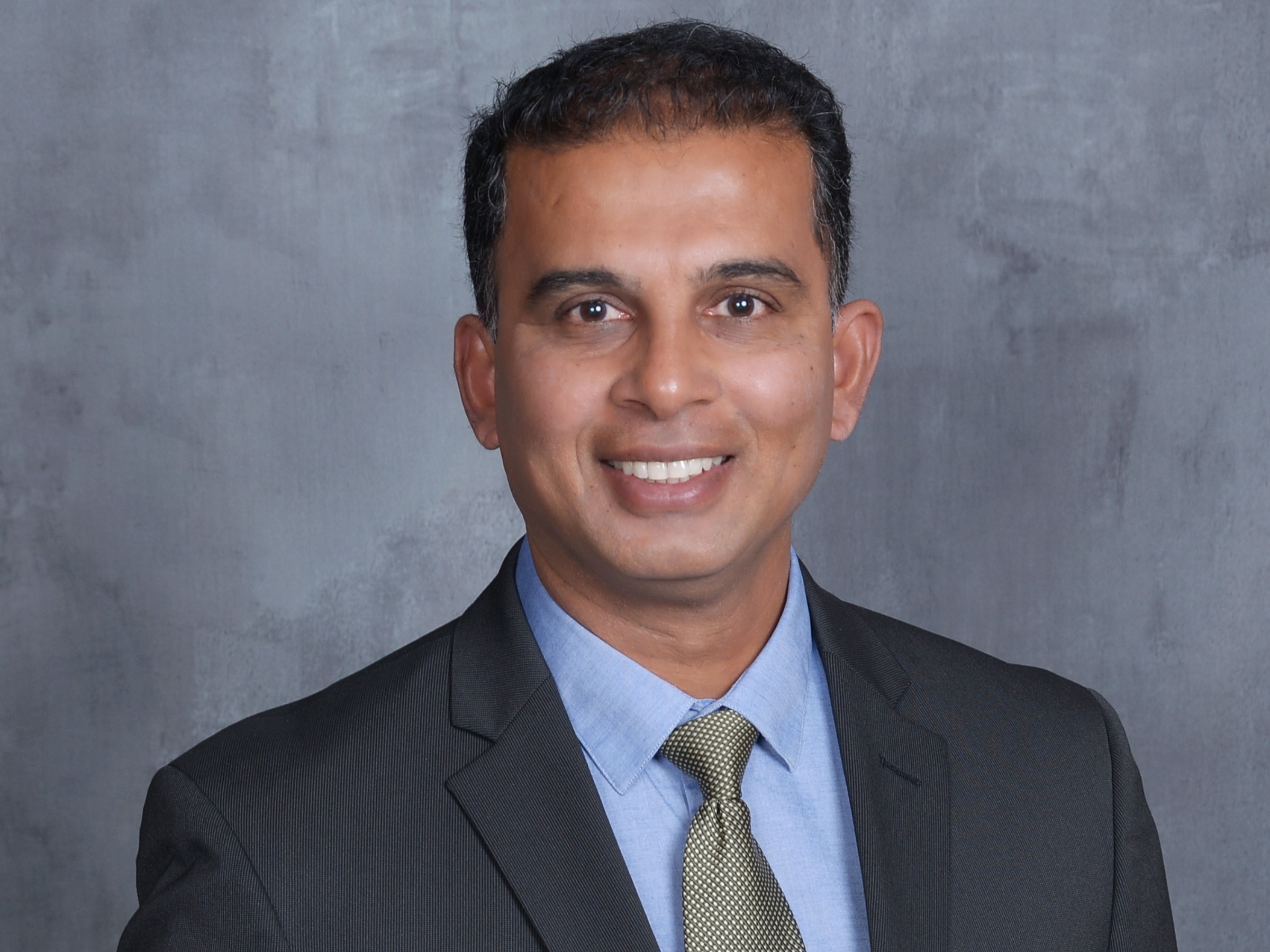
Navneet Boddu
Member, Scientific Advisory Board, Therapeutic Solutions International Inc,, USA
Presenter Local Time: 8:00AM-8:25AM
Use of mesenchymal stemcells for systemic illnesses
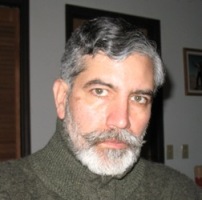
F.J.Duarte
Professor, Interferometric Optics , , USA
Presenter Local Time: 11:25 AM - 11:50 AM
Intrinsic coherent quantum emission emitters

Harvey Castro
The University of Texas Medical Branch, , USA
Presenter Local Time: 9:25 AM - 9:50 AM
AI and Healthcare
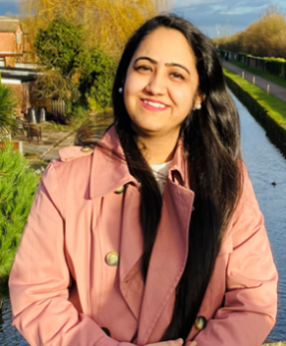
Komal Saini
Panjab University, India
Presenter Local Time: 8:20 PM - 8:45 PM
Preclinical study of tetrahydrocurcumin loaded lipidic nanoparticles incorporated into tacrolimus ointment: In vitro and in vivo safety study

Vandita Kakkar
University Institute of Pharmaceutical Sciences, Panjab University, India
Presenter Local Time: 8:45 PM - 9:10 PM
A Novel THC-Tacro Ointment for Atopic Dermatitis: Synergistic Antioxidant and Anti-Inflammatory Effects through Nanoparticle Delivery
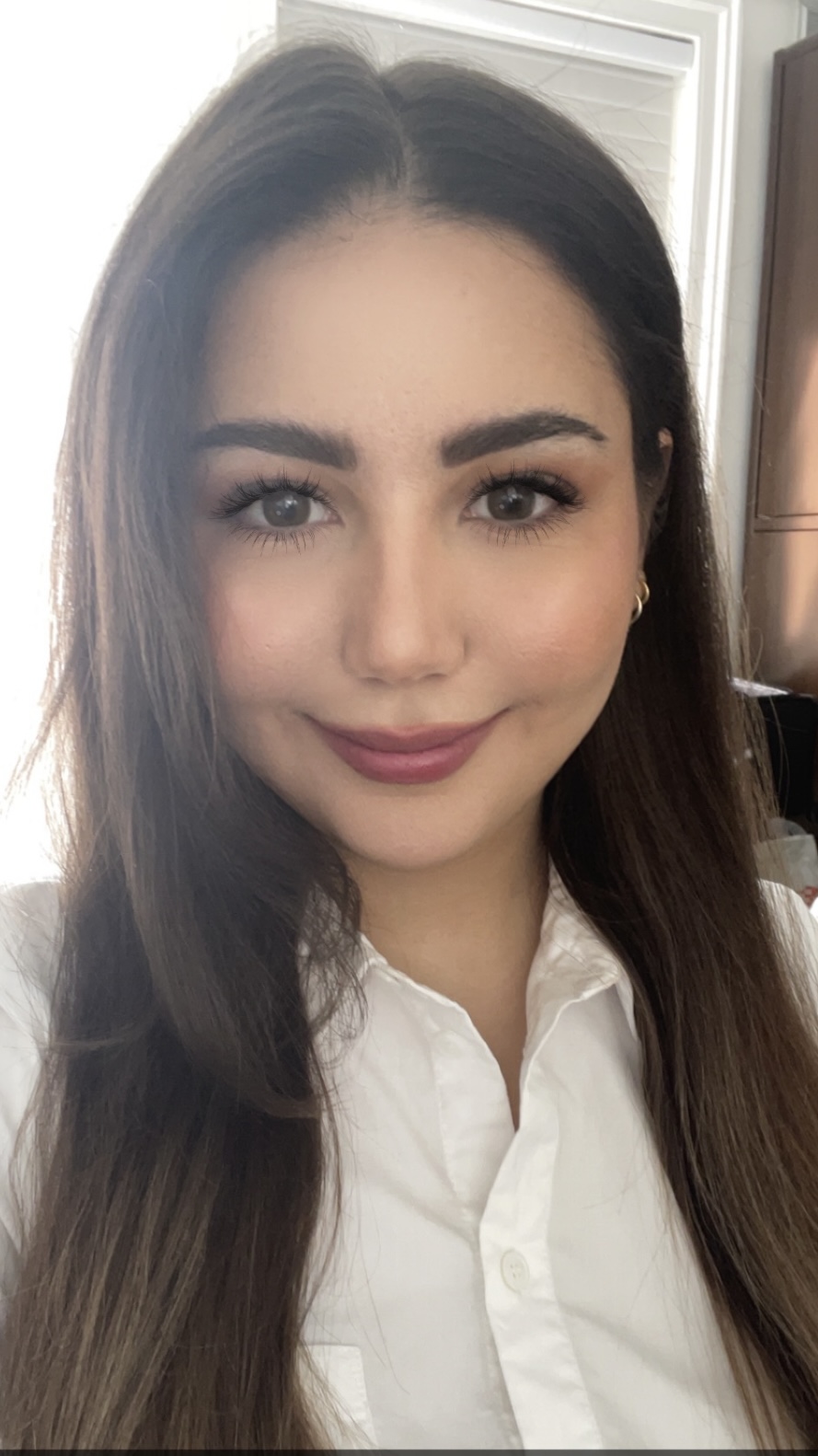
Rawan Aldubaian
King Faisal Specialist Hospital and Research Center, , Saudi Arabia
Presenter Local Time: 5:05 PM - 5:25 PM
The Impact of Reducing Dimethyl Sulfoxide (DMSO) from 10% to 5% on The Viability of CD34 Hematopoietic Stem Cells After Cryopreservation
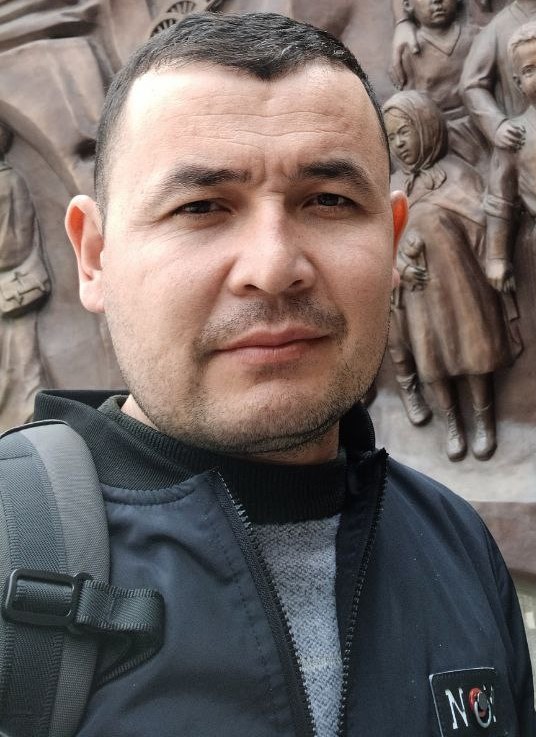
Murodbek E. Vapaev
Lecturer, Department of Technique, Urgench State University,, Uzbekistan
Presenter Local Time: 3:00 PM - 3:20 PM
Influence of laser and plasma parameters on LIPSS formed on the surface of niobium alloys
Shilpi Agarwal
Professor, JNU, , India
Presenter Local Time: 3:30 PM - 3:50 PM
Effect of Light on Postharvest Storage of Leafy Vegetables

Mostafa Atef Yones
Biomedical Engineering Student, Higher Technology Institute,, Egypt
Presenter Local Time: 1:20 PM - 1:40 PM
Clinical Engineering Student Experience